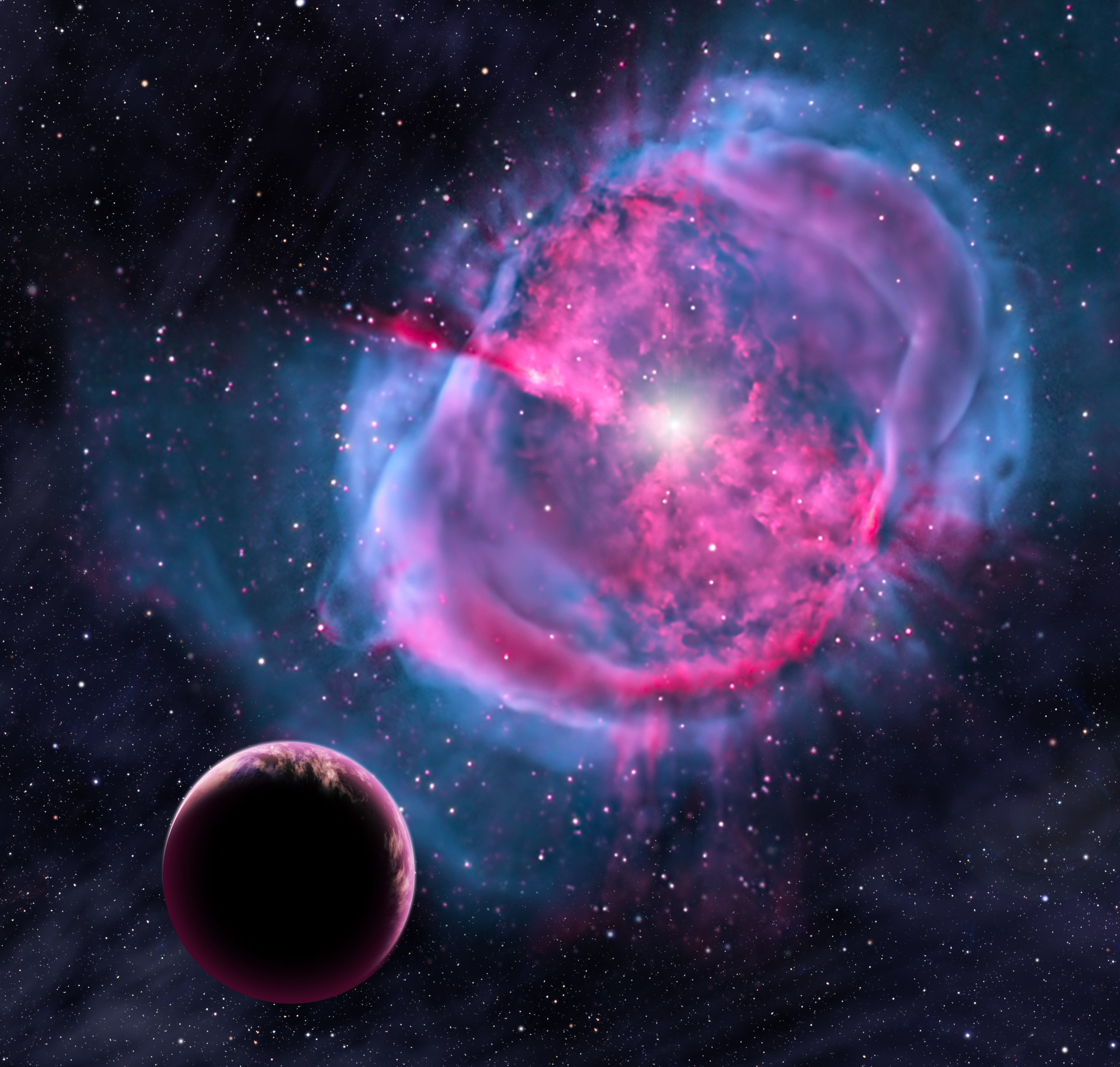NASA’s scientists with Kepler Space Telescope has discovered three new Earth-size habitable planets Sun-like stars. Of the three, two are likely made of rock like our Earth. This discovery was announced at the American Astronomical Society meeting in Seattle yesterday.
Of more than 1,000 verified planets found by Kepler, eight are less than twice Earth-size and in their stars’ habitable zone. All eight orbit stars are cooler and smaller than our Sun and three of the newly-validated planets are located in their distant Suns’ habitable zone, the range of distances from the host star where liquid water might exist on the surface of an orbiting planet according to, John Grunsfeld, associate administrator of NASA’s Science Mission Directorate at the agency’s headquarters in Washington DC.
Two of the newly validated planets, Kepler-438b and Kepler-442b, are less than 1.5 times the diameter of Earth.
Kepler-438b, which orbits a dwarf star every 35.2 days, 475 light-years away and would take 470 years to reach, is 12 percent bigger than Earth and is likely to have mild temperature to sustain running water, despite being 40 per cent warmer than earth. To be habitable a planet must neither be too hot nor too cold and should receive roughly as much sunlight as the Earth. Too much heat would steam out dry and too much cold will freeze.
Kepler-442b, which orbits every 112 days, is 1,100 light-years away, is 33 percent bigger than Earth. Both Kepler-438b and Kepler-442b orbit stars smaller and cooler than our Sun, making the habitable zone closer to their parent star in the direction of the constellation Lyra.
The Kepler team has also added another 554 candidates to the roll of potential planets, six of which are near-Earth-size and orbit in the habitable zone of stars similar to our Sun.
“With each new discovery of these small, possibly rocky worlds, our confidence strengthens in the determination of the true frequency of planets like Earth,” added co-author Doug Caldwell, SETI Institute Kepler scientist at NASA’s Ames Research Center at Moffett Field, California.
The Kepler Space Telescope continuously monitored more than 150,000 stars beyond our solar system, and, to date, has offered scientists an assortment of more than 4,000 candidate planets for further study — the 1,000th of which was recently verified.
The research paper reporting this finding has been accepted for publication in The Astrophysical Journal.


